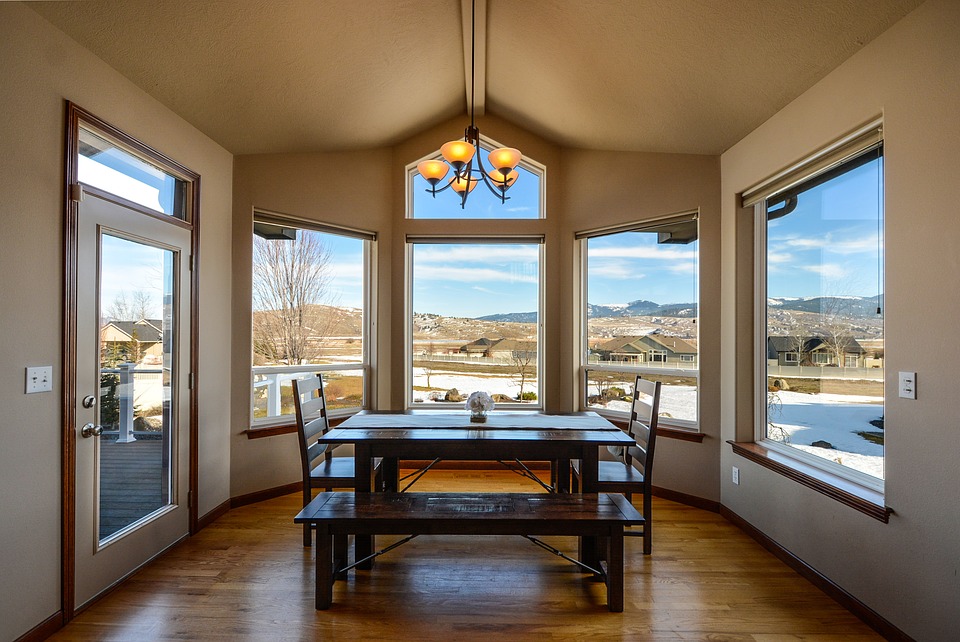This post is brought to you by My Safety Sign.

Today’s homes are light years ahead of those in which we and previous generations grew up in the bad old days of the 20th century, right? Smoke detectors, carbon monoxide alarms, stair gates, child safety locks, we’ve got it all.
But are our homes really as safe as we think, or do these things simply lull us into a false sense of security? Living in a home is not without risk. Let’s take a look.
All the gear, no idea
Having fire extinguishers and blankets is a sensible precaution, but how many people in the household actually know how to use them? As the kids get older, they will become intrigued, and are more likely to fiddle with fire equipment and disable it than be able to actually use it in an emergency. Give them some responsibility, have a “fire safety briefing” and find a suitable website to have a formal-looking safety sign made up to display next to the extinguishers. You should also have a fire drill periodically – after all, if it is important enough to do it at work, why not at home? Apart from this, you can call professional and certified people like Ocean fireproofing who can help you make your place fire proof.
Read More about 7 Ways To Improve The Indoor Air Quality At Your Home
Test the alarms
Yes, we all have smoke alarms around the house, but when did you last test them? Batteries run out and the alarms can develop faults. If a fire does break out it will probably be at night, and if the alarm does not go off, the chances are high that you and your children will be overcome by smoke without even waking up to know about it. Testing an alarm takes five seconds, so no excuses! For even more peace of mind, you can use a Fireproofing contractor in West Virginia.
Take a look at yourself
No, not in the mirror, but in the kitchen. Do you sometimes leave the cooker unattended for a minute? The majority of house fires are caused by cooking activities, so it is not being alarmist to say you could be putting lives at risk. The good news is that by being honest with yourself and changing your habits now, you can be wise before the event and prevent disaster. Make it a new year’s resolution. It’s not just about fires, however. If you sometimes put a scalding hot cup of tea on a tablecloth, it takes two seconds for a toddler to pull it onto his or her head. There are a quarter of a million serious injuries from burns and scalds every year, so don’t add to the statistics. In addition, you should have some basic training on how to handle a fire situation. Click here to join a course.
Trip hazards
In an office, there is someone who is responsible for doing periodic walk-throughs to assess health and safety. They are looking for things like trip hazards, frayed electrical wires, heavy objects that can fall on someone, all these sorts of things. It’s another example of something that we should do at home, too. In these highly technological days, there is the temptation to overload the electrics with a host of chargers and wires. This creates the double-whammy of a possible electrical fire or someone tripping and damaging themselves. Imagine you are walking into your house as a safety inspector, you’ll be amazed, and probably horrified at what you see!



